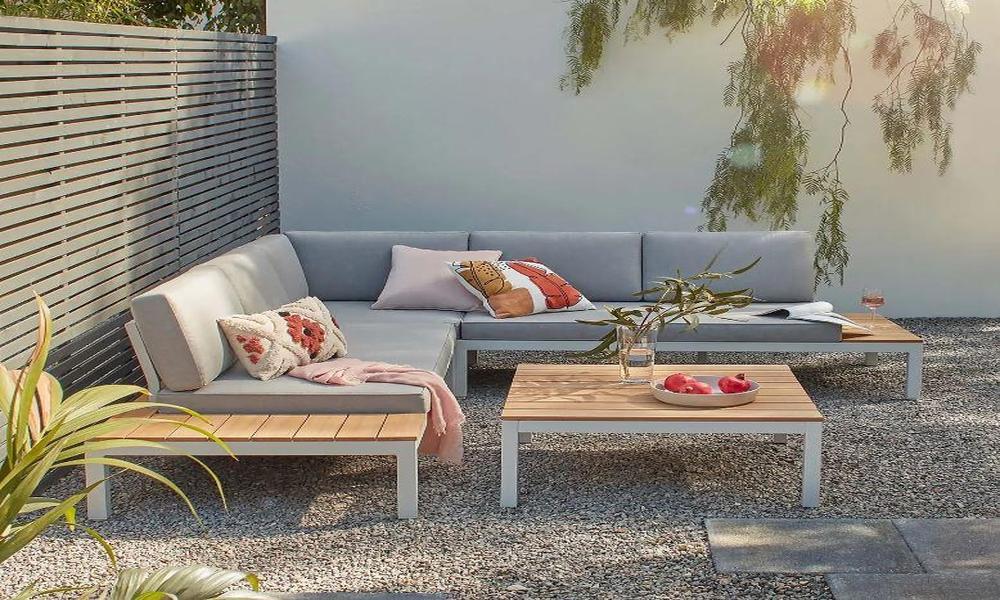Outdoor furniture is exposed to a variety of environmental factors that can affect its appearance, durability, and lifespan. Here are some of the factors that can affect outdoor furniture:
Sunlight and Moisture:
Exposure to sunlight can cause outdoor furniture to fade, bleach, and dry out. The UV rays in sunlight can break down the materials used in outdoor furniture, causing them to crack, warp, or discolor. Moisture is another factor that can affect outdoor furniture. Rain, dew, and humidity can cause materials such as wood, metal, and wicker to swell, warp, or rot. This can lead to structural damage, rust, or mold growth.
Temperature and Wind:
Extreme temperatures can also affect outdoor furniture. High temperatures can cause materials to expand and warp, while low temperatures can cause them to contract and crack. Freezing temperatures can also damage materials such as ceramics and glass. Strong winds can cause outdoor furniture to tip over or blow away. This can cause damage to the furniture itself, as well as other objects in the area.
Dirt and Debris:
Outdoor furniture is exposed to dirt, dust, and debris from the environment. This can cause it to become dirty and stained, and can also scratch or damage surfaces.
Maintenance:
Proper maintenance is essential to keeping outdoor furniture looking and functioning at its best. Neglecting regular cleaning, sealing, and repair can lead to premature wear and tear, and shorten the lifespan of the furniture.
Overall, outdoor furniture is exposed to a range of factors that can affect its durability and appearance. Choosing materials that are resistant to these factors, as well as regular maintenance can help extend the lifespan of outdoor furniture and keep it looking its best.
What are the important points to consider when buying outdoor furniture?
When buying outdoor furniture, there are several important points to consider to ensure that you choose the right pieces for your needs and lifestyle.
Material: The material of the furniture is an important factor to consider, as it can affect the durability, maintenance, and overall appearance of the pieces. Common materials for outdoor furniture include wood, metal, wicker, plastic, and rattan.
Comfort: Outdoor furniture should be comfortable to use and sit on. Look for pieces that offer adequate support and cushioning, and consider factors such as the height of the chairs and the angle of the backrest.
Style: Outdoor furniture should complement the style and decor of your home and outdoor space. Choose pieces that match your style and preferences, and consider the overall aesthetic of your outdoor area.
Weather Resistance: Outdoor furniture is exposed to the elements, so it is important to choose pieces that can withstand exposure to sunlight, rain, and other weather conditions. Look for weather-resistant materials, such as teak, aluminum, or resin wicker.
Size and Space: Consider the size and layout of your outdoor space when choosing furniture. Measure the area to ensure that the pieces you choose will fit comfortably and leave enough space for movement and other activities.
Price: Outdoor furniture comes in a wide range of prices, so it is important to set a budget and choose pieces that fit within your price range. Consider the overall value of the pieces, including their durability, quality, and lifespan.
By considering these important points, you can choose outdoor furniture that is comfortable, stylish, and durable, and that will provide you with many years of use and enjoyment.




